Autotrophic and Heterotrophic Nutrition:
The following are the points of difference between Autotrophic and Heterotrophic Nutrition-
| Autotrophic Nutrition | Heterotrophic Nutrition |
|---|---|
| It is the mode of nutrition in all green plants, some bacteria and some protozoan animals (such as Euglena). | It is the mode of nutrition in non-green plants and animals. |
| This mode of nutrition is achieved by the process of photosynthesis. | In this nutrition, organisms depend upon readymade food like carbohydrates and fats. |
| It requires carbon dioxide (CO2) and water (H2O) as raw materials. | No such raw materials are required. |
| Most autotrophs possess chlorophyll. | Chlorophyll is absent. |
| A source of energy is required. It is mostly sunlight. | A separate source of energy is not required. Energy is a component of organic food obtained from outside. |
| It is independent and self-nourishing. | It is totally dependent on autotrophic organisms for their nutrition. |
| Autotrophs are placed at the primary level in the food chain and act as producers of food for the biosphere. | Heterotrophs are placed in the secondary or tertiary level in the food chain and act as consumers of the biosphere. |
| It maintains the O2-CO2 balance of nature. | It has no role in O2-CO2 balance. |
| The food is digested inside the cell. | The digestion may occur inside the body organs. |
| There are no processes like ingestion, digestion and egestion. | There is ingestion, digestion and egestion. |
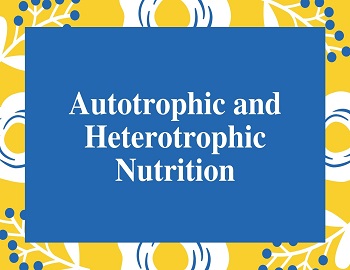

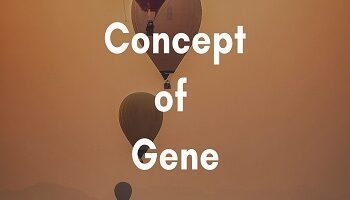
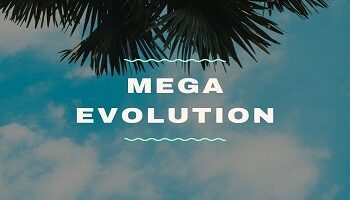
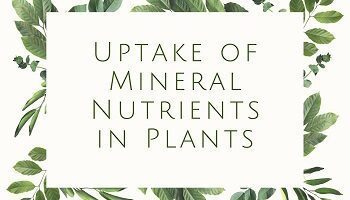

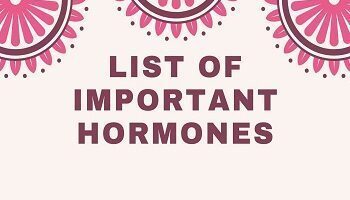
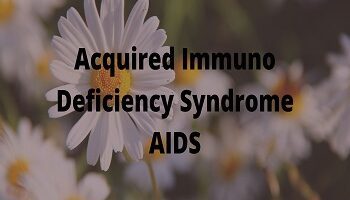
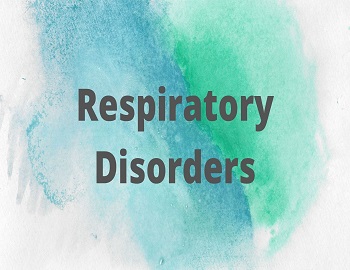
Comments (No)